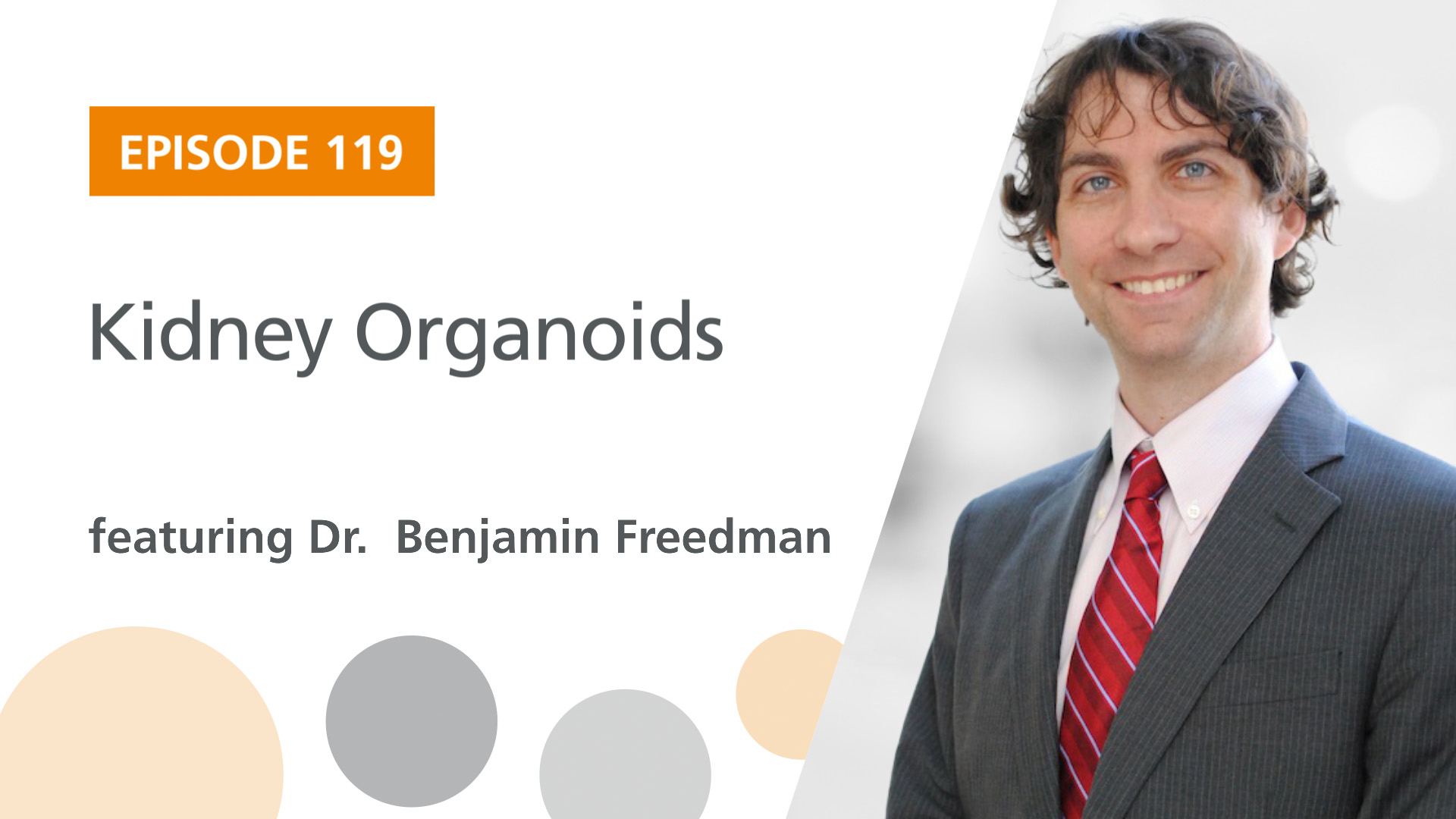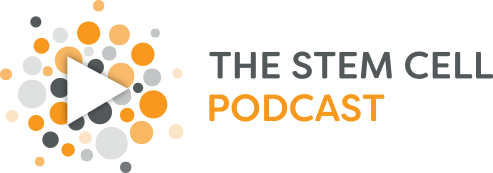
Podcast: Play in new window
Guest:
Dr. Benjamin Freedman is an Assistant Professor of Medicine at the University of Washington School of Medicine, Division of Nephrology. Dr. Freedman is currently performing biomedical research using human pluripotent stem cells to model kidney disease pathophysiology and develop new therapies. In this episode we talk about his work studying kidney disease and his latest paper in Cell Stem Cell using robots to create kidney organoids.
Featured Resource: Wallchart: Growing Organoids from Stem Cells
Resources and Links
CRISPR-Cas9 Genome Editing Induces a p53-Mediated DNA Damage Response – Scientists report that genome editing by CRISPR-Cas9 induces a p53-mediated DNA damage response and cell cycle arrest in immortalized human retinal pigment epithelial cells, leading to a selection against cells with a functional p53 pathway.
New Studies on Ocean Bacteria – A large-scale study of the Earth’s surface ocean indicates the microbes responsible for fixing nitrogen there — previously thought to be almost exclusively photosynthetic cyanobacteria — include an abundant and widely distributed suite of non-photosynthetic bacterial populations.
New Centriole Identified in Human Sperm – Researchers identified a new structure in human sperm that functions in the zygote and may provide new avenues for addressing male infertility and insights into early embryo developmental defects.
Life on Mars – After more than four decades of searching for organic molecules on the surface of Mars, scientists have conclusively found them in mudstones on the lower slopes of Mount Sharp.
New Treatment for Metastatic Breast Cancer – Researchers developed a high-throughput method to identify mutations present in a cancer that are recognized by the immune system.
Tackling CRS and Neurotoxicity Associated with CAR T Cell Therapy – Recently developed animal models allow mechanistic dissection and prevention of toxicity without loss of therapeutic benefit.
Single-Cell Analysis Identifies a CD33+ Subset of Human Cord Blood Cells with High Regenerative Potential – From a multi-parameter analysis of the molecular features of very primitive human cord blood cells that display long-term cell outputs in vitro and in immunodeficient mice, scientists identified a prospectively separable CD33+CD34+CD38–CD45RA–CD90+CD49f+ phenotype with serially transplantable, but diverse, cell output profiles.
CRISPR in Two Cell Embryos – Combining 2C-HR-CRISPR with a modified biotin-streptavidin approach to localize repair templates to target sites, a more-than-tenfold increase (up to 95%) was achieved in knock-in efficiency over standard methods.
Photo Reference: Courtesy of Dr. Benjamin Freedman

